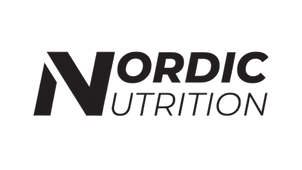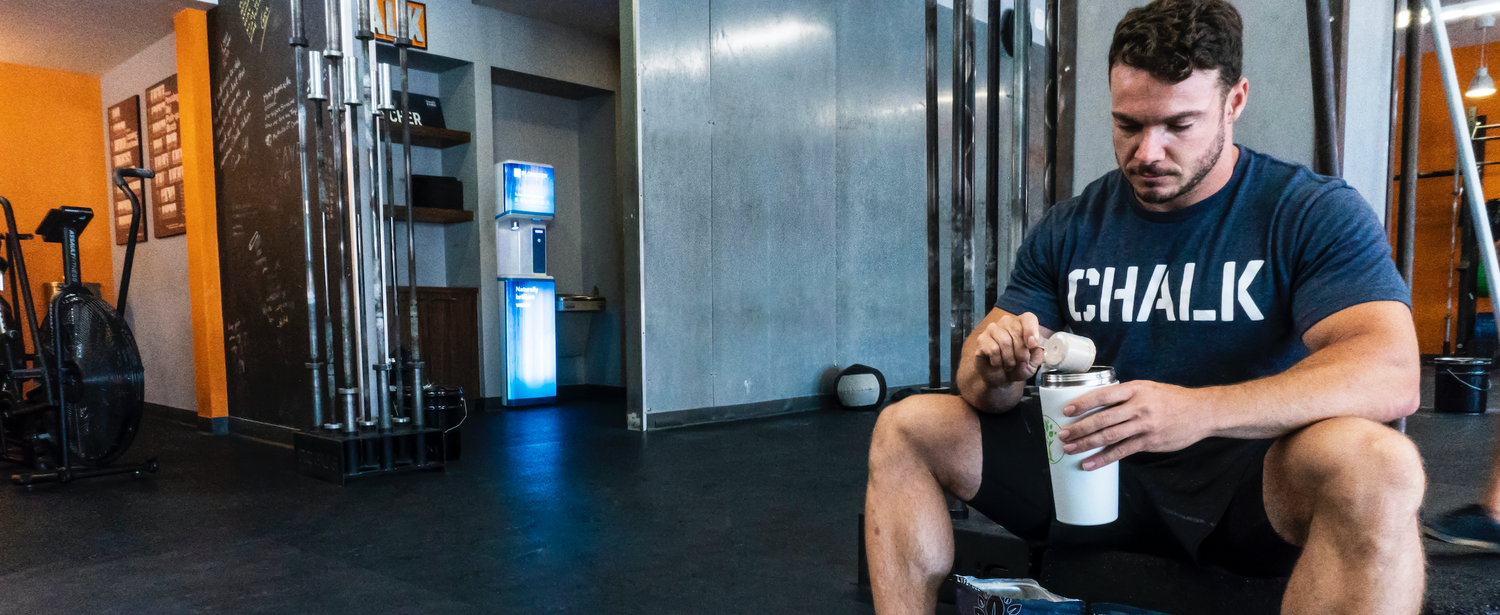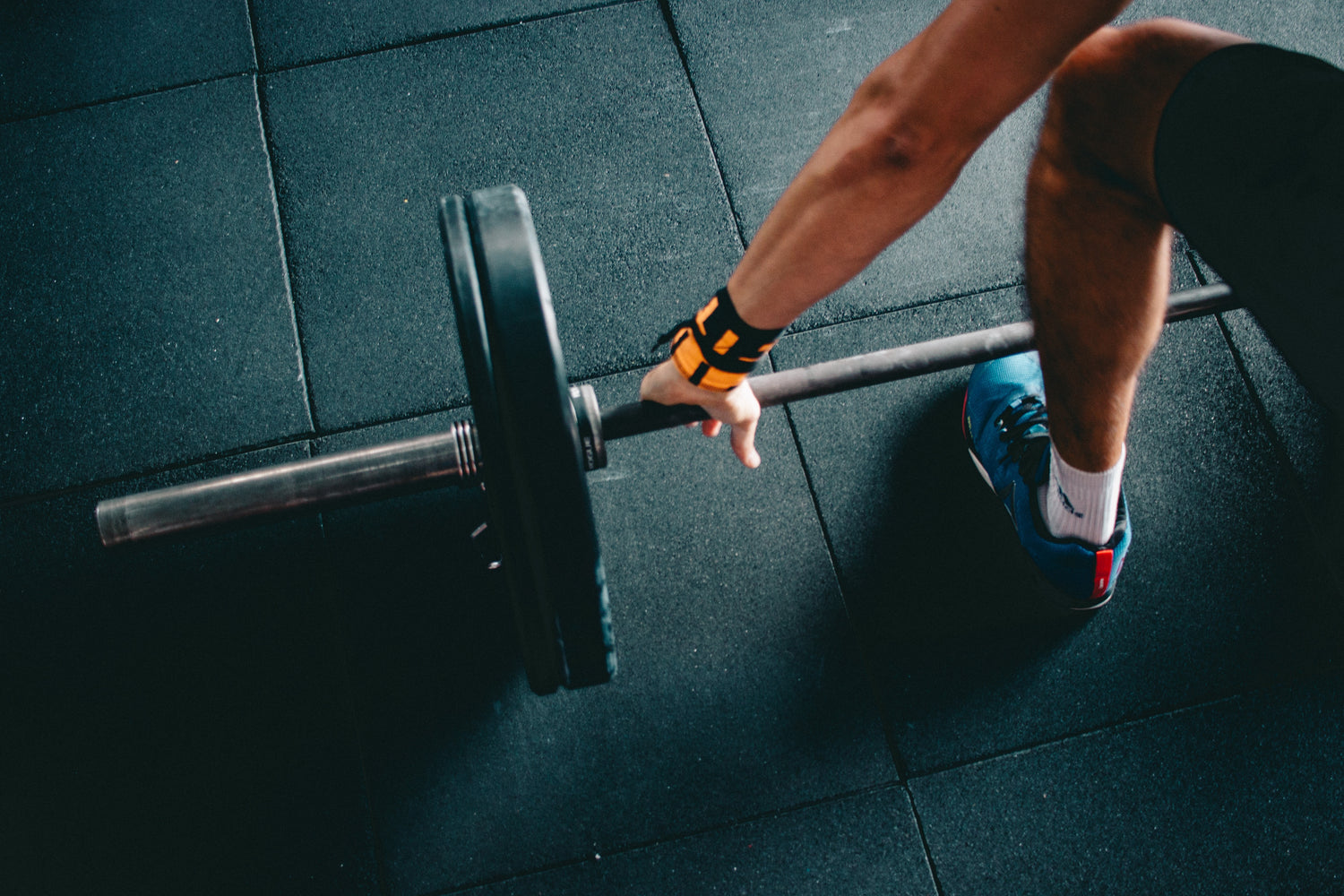Written by: Brian Henneberg, Physiotherapist
So of course you usually consume some extra protein before, during or after lifting weights. It lends itself. Even people who do not do strength training have usually heard something about the fact that it is important to eat a lot of protein if you want to have big muscles. It's everyone's knowledge by now.
What about protein intake and cardio? Is it true that there is no need for protein after cardio because we haven't been lifting weights? This post will clarify why eating protein is still beneficial even if you only do cardio.
What adjustments do the body make after cardio?
Some of the essential physiological adaptations seen after endurance training are increased mitochondrial mass, improved ability to produce the vital energy substance ATP (the energy substance used by all the body's cells), and increased aerobic enzyme activity.
In addition, you see an increased formation of small blood vessels in the muscles, which means that more blood, and thus more oxygen, can pass through the muscles every minute. So when you combine all these things, it gives an improved ability to absorb and consume oxygen = better fitness and better performance.
Other muscles and tendon tissue changes, such as the tendons becoming stiffer and functioning as miniature springs that can absorb and release energy more efficiently.
What role does protein play in these adaptations?
Of course, proteins are used not only for building muscle but also for many other structures in the body. In addition, they have a wide range of structural and regulatory functions.
If we look at the mitochondria, well, they are tiny power plants found in almost every cell in the body, and they are responsible for producing the energy substance, ATP, which is essential for the body to function and for us to perform at a high level.
We know that the total mitochondrial mass increases when you do endurance training, and it takes protein to build a new mitochondrial mass.
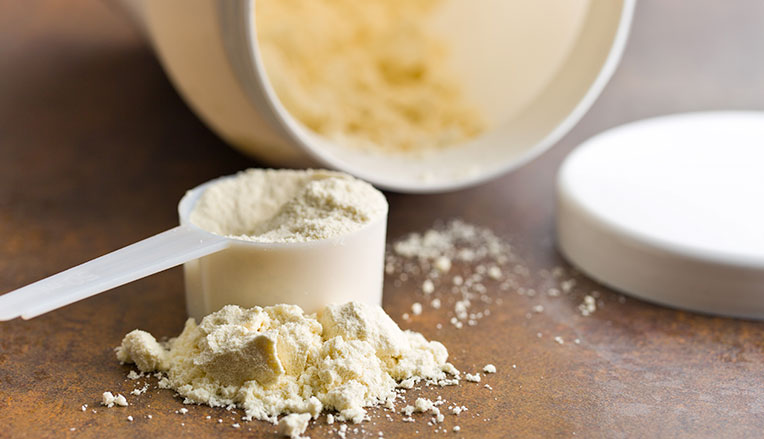
For many years, there were more mitochondria when doing cardio training, but recent studies have shown that existing mitochondria become more prominent (up to 40-55%), while no more mitochondria appear to occur.
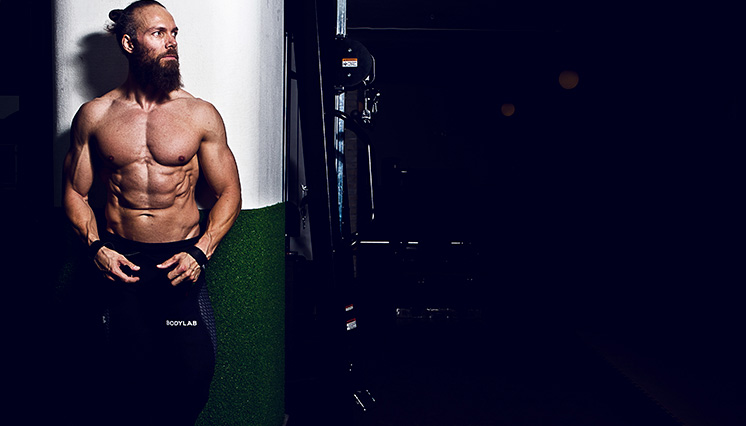
But what does it look like regarding mitochondria after endurance training?
For many years, there were more mitochondria when doing cardio training, but recent studies have shown that existing mitochondria become more prominent (up to 40-55%), while no more mitochondria appear to occur.
There have also been signs that the existing mitochondria are becoming more efficient in the same studies.
This improved efficiency is related to what is called aerobic enzyme activity. In addition, several regulatory enzymes play an essential role as a helper in some chemical reactions that are essential for mitochondrial functions, including the synthesis of ATP.
Protein is also necessary for the production of these enzymes.
Protein plays an essential role. It helps build new blood vessels, the tiny capillaries, which are necessary for carrying oxygen out to various tissues in the body.
And last but not least, proteins are also used to build collagen (structural proteins), which make up approx—30% of the body's total protein content. Collagen is, i.a. essential for building solid tendons and structural tissue that surrounds the muscle fibers.
Increased protein burning during exercise
It is also known that when you perform cardio vs. sitting still, the quantity of protein used for burning increases.
High intensity or long-duration exercise and low glycogen levels, which are often found with prolonged cardio and only to a lesser extent with strength training, are factors that boost protein burning.
Additionally, men often burn more protein than women.
How much protein should one consume in connection with cardio?
There have been loads of research on protein consumption in strength training and fewer studies on the dosage concerning cardio.
However, there was a significant increase in protein synthesis following a round of cardio when consuming 0.25 g / kg body weight, so that's probably our best bet.
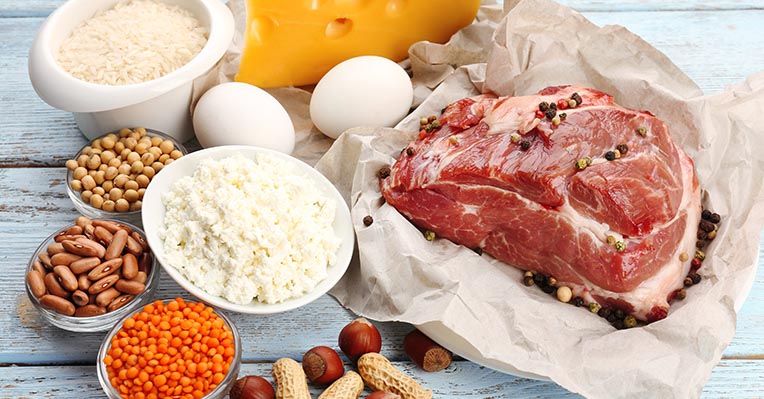
Conclusion
While the primary goal of consuming protein after strength training is to build new muscle mass, the primary purpose of consuming protein after endurance training is to create new mitochondrial mass and secondarily to repair the muscle and tendon tissue that has become used and possibly micro-damaged, during races e.g.
Furthermore, protein intake before and after aerobic training can replace some of the protein lost during the workout.
Overall, there is a good reason to consume protein connected with cardio, just as it is in harmony with strength training.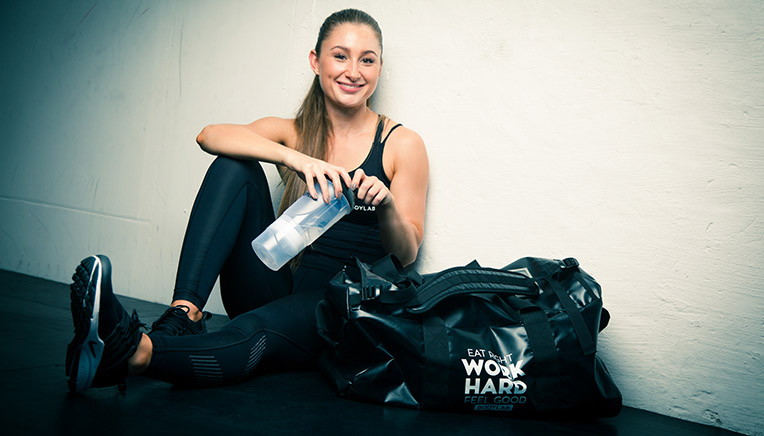
Sources:
Lundby C1, Jacobs RA1,2,3. Adaptations of skeletal muscle mitochondria to exercise training. Exp Physiol. 2016 Jan; 101 (1): 17-22.
Herb leaf N1. Mitochondrial increase in volume density with exercise training: More, larger or better? Acta Physiol (Oxf). 2018 Jan; 222 (1).
Meinild Lundby AK, Jacobs RA, Gehrig S, de Leur J, Hauser M, Bonne TC, Flück D, Dandanell S, Kirk N, Kaech A, Ziegler U, Larsen S, Lundby C: Exercise training increases skeletal muscle mitochondrial volume density by enlargement of existing mitochondria and not de novo biogenesis. Acta Physiol (Oxf).
Louise Burke & Vicki Deakin. Clinical Sports Nutrition, 5th ed. 2015. McGraw-Hill Education

